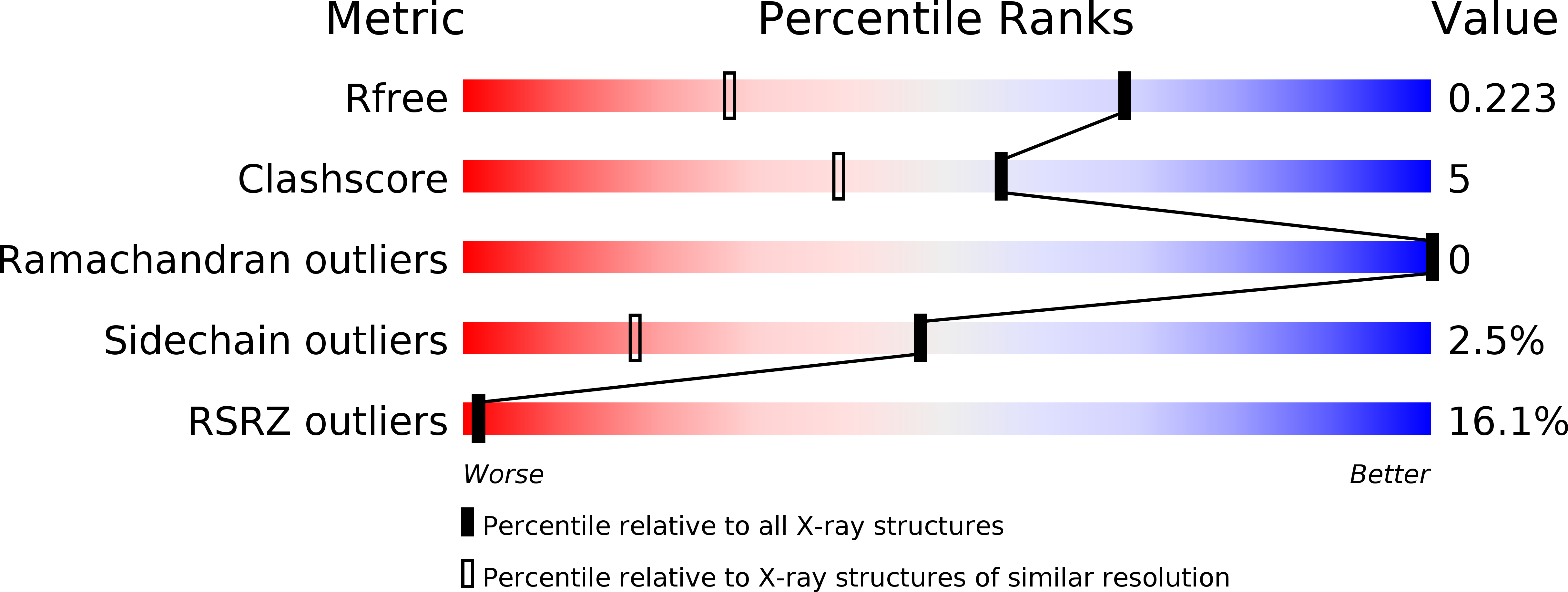
Deposition Date
2019-07-20
Release Date
2020-08-19
Last Version Date
2023-11-15
Entry Detail
PDB ID:
6PVB
Keywords:
Title:
The structure of NTMT1 in complex with compound 6
Biological Source:
Source Organism:
Homo sapiens (Taxon ID: 9606)
synthetic construct (Taxon ID: 32630)
synthetic construct (Taxon ID: 32630)
Host Organism:
Method Details:
Experimental Method:
Resolution:
1.50 Å
R-Value Free:
0.22
R-Value Work:
0.20
R-Value Observed:
0.20
Space Group:
P 31 2 1


